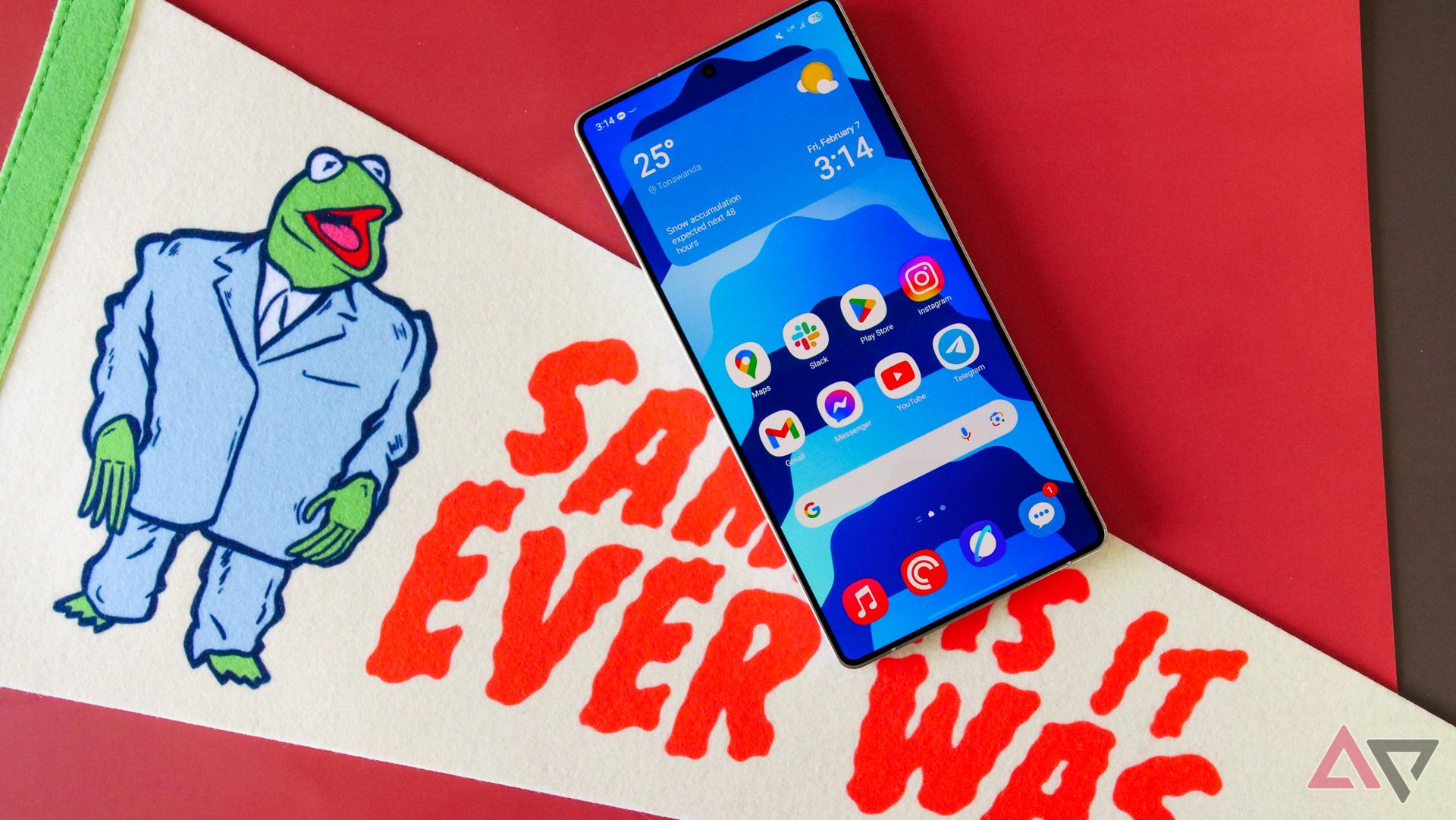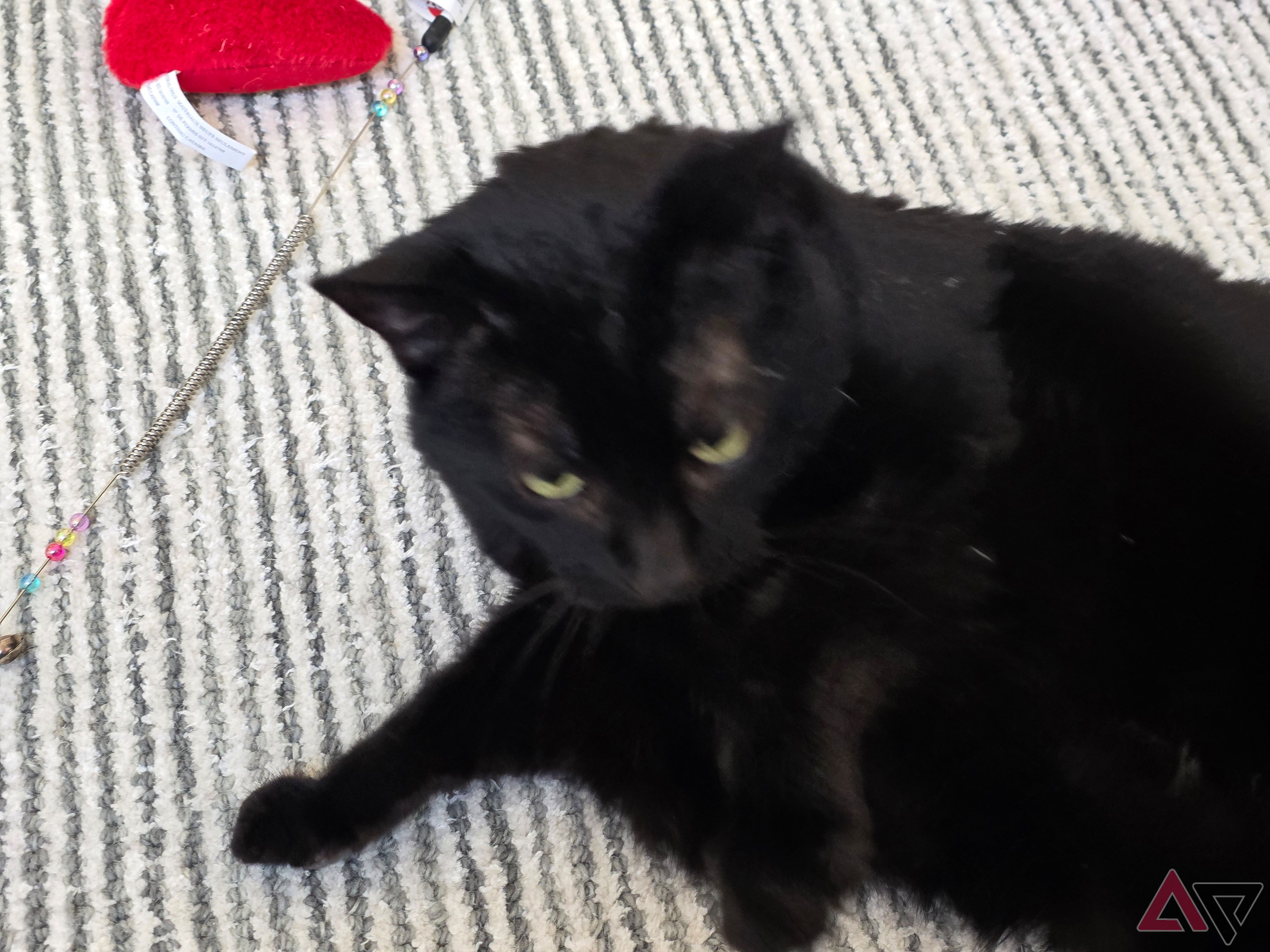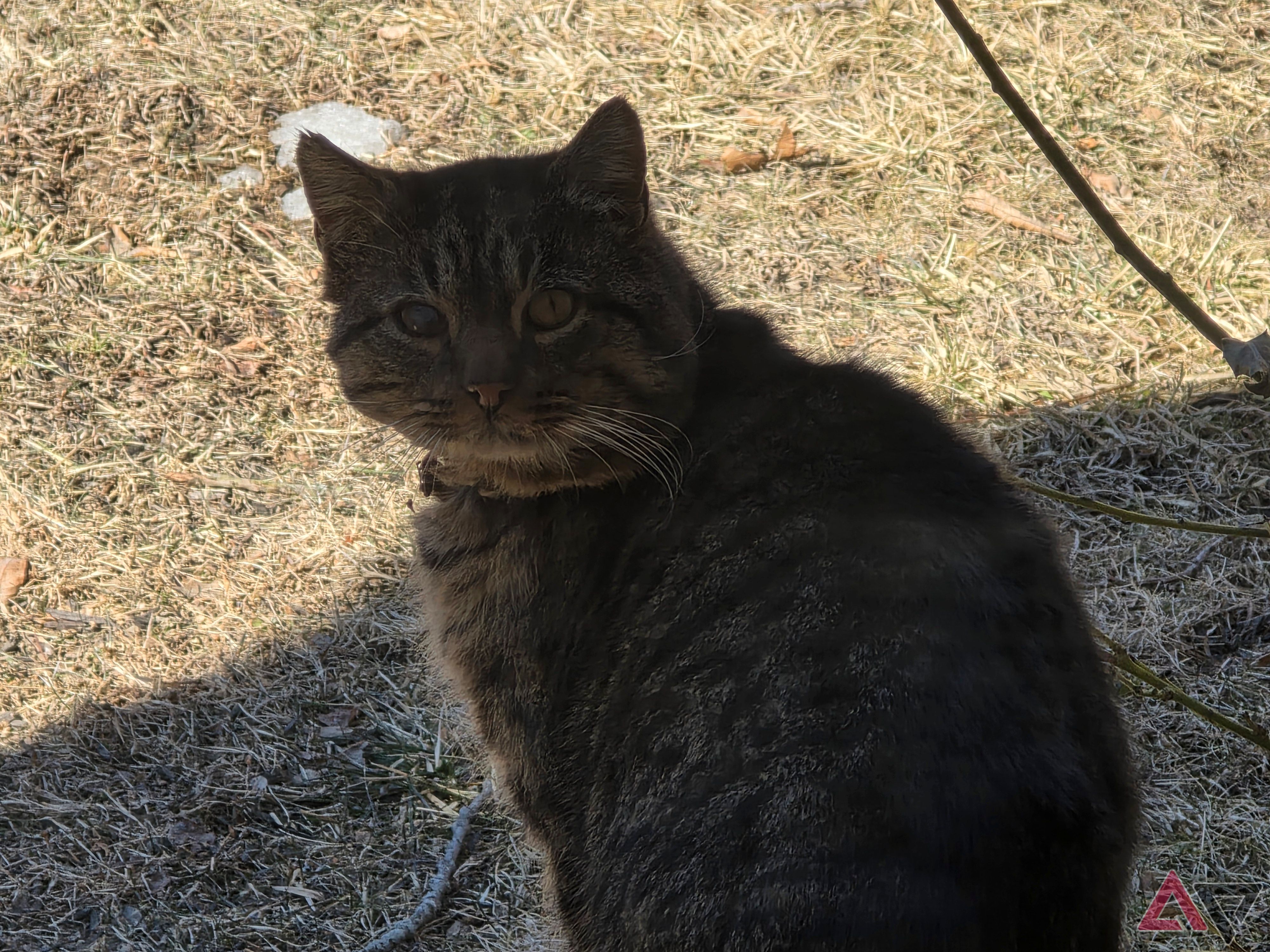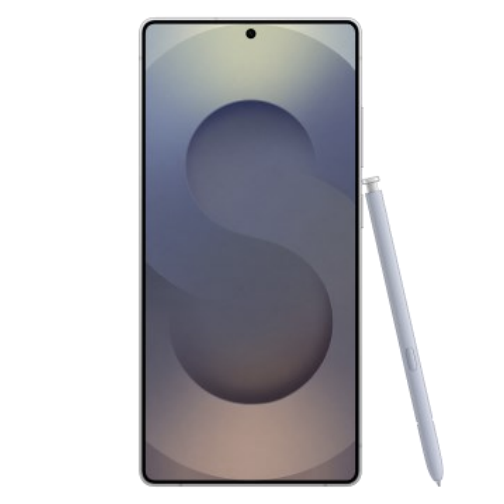I’m not a shutterbug. I don’t often mess with the white balance on my photos, and you’ll rarely catch me switching over to Pro mode in my smartphone’s camera app. I also don’t edit my shots, and I’m not savvy enough (or have the time) to throw photos into Adobe Lightroom to make them magical. As such, I’m heavily reliant upon a camera’s point-and-shoot ability, and for me, that’s the mark of a high-quality smartphone camera. Most users aren’t going to have intimate knowledge of photography. However, they still need a camera that will capture their memories and milestones without them thinking about exposure levels.
To test the Samsung Galaxy S25 Ultra’s cameras, I needed a subject who could best trial the Galaxy’s sensors. I required only the most unyielding, unruly, and majestic creature: the cat. I took 100 cat photos with the Samsung Galaxy S25 Ultra; here’s what I learned.
Samsung hasn’t fixed its problem with capturing motion
You’ll still get blurry photos
A long-standing criticism of Samsung’s cameras is that they don’t handle motion well. Any movement in a photo results in a blurry image, causing lost details and often not capturing the moment. I’ve noticed it on several of my Samsung flagships, with countless pet images appearing unusable over the years. If it were a limitation of all smartphone cameras, I’d understand. However, my Google Pixel phones hold up much better with action shots, consistently providing a more detailed image.
I hoped the Galaxy S25 Ultra would correct the motion issues. Samsung has mostly rectified its slow shutter problems with the last two generations of Galaxy smartphones, and I assumed this would improve motion capture. Unfortunately, it hasn’t. The Galaxy S25 Ultra still struggles to capture motion in photos. Whenever our black cat, Xavi, started to play or groom himself, I instantly lost focus, and the image blurred. I was also testing the Xiaomi 15 Ultra simultaneously, and it did a significantly better job of not being thrown off by slight motion and still capturing a crisp image. Samsung may have improved the visual feedback once we press the shutter, but the effective shutter speed still lags behind the competition.
It’s not a trivial concern, either. I want to be confident that my smartphone will adequately capture important moments with my daughter and pets. Most of us aren’t professionals and have a low threshold of what we require from a smartphone camera, and keeping a digital record of life’s special moments is one of them.
Samsung’s computational photography does well
I don’t know how much of it is Galaxy AI, but the photos look good
Even though motion capture remains an issue, after taking 100 photos, I am pleased with my overall experience with the Galaxy S25 Ultra cameras. One image is never enough to judge a camera; you must take an entire body of work, especially for point-and-shoot photography. The Galaxy S25 Ultra does an excellent job grabbing enough detail and not oversharpening an image, a problem I often see on my Pixel 9 Pro XL. I want computational photography to work for me, but I don’t like it stripping all reality from an image.
Looking back at the photos, I love the amount of detail I get with each cat. Black cats are challenging to photograph, but the Galaxy S25 Ultra did an excellent job with Xavi’s fur while still making the image feel alive. The additional detail benefited my mother-in-law’s Scottish Straight, Micah, as his gray fur also looked fantastic in the photos. The Galaxy S25 Ultra didn’t oversharpen when it didn’t need to, and while a crisp image is preferred, I don’t want it to be at the expense of a more natural photo.
White balance still needs some work
The Galaxy S25 Ultra struggled with strong light sources
Like most feline friends, our cat Xavi loves a strong sunbeam. However, it presents a challenge when trying to photograph him. As you can see, the Galaxy S25 Ultra struggled with direct sunlight on the subject, not balancing the light properly. A bit of manual tweaking helps, but it can be a struggle. It happened several times, including when I tried to snap a shot of our feral cat friend Mowghli as he came by for his midday snack in the shade. Mowghli was lost in the shadows because of the flood of light behind him in the yard.
While the Galaxy S25 Ultra’s auto white balance still needs work, the color reproduction was excellent. While I acknowledge that my Google Pixel 9 Pro XL technically captures images better, I prefer the aesthetic of photos taken on my Galaxy S25 Ultra. The pictures are vibrant with a pleasing warmth. The Galaxy S25 Ultra does a fantastic job reproducing the poppy color of Micah’s eyes and Xavi’s intricate mix of black fur that turns brown in sunlight.
Samsung has more to improve, but it’s progress
I’m disappointed that Samsung didn’t upgrade the camera hardware on the Galaxy S25 Ultra this year. Yes, we got a new ultrawide lens, but I expected more from Samsung’s flagship device. Backend Galaxy AI improvements and image-process enhancements can only go so far. Sometimes, nothing beats a larger sensor pulling in more data. When testing the Xiaomi 15 Ultra side-by-side, I could immediately see the difference a larger camera sensor makes.
Still, the Galaxy S25 Ultra did a respectable job producing a quality cat photo, which is not easy. I’d like to see improvements in several areas, but the point-and-shoot photo on a Galaxy S25 Ultra is Instagram-worthy. As a tech journalist, I demand more for my $1,300, but I still realize most will be pleased with the Galaxy S25 Ultra’s cameras, and for good reason.
Samsung Galaxy S25 Ultra
Samsung’s Galaxy S25 Ultra leaves the Note-like design behind for the very first time. With flat edges, curved corners, and a massive 6.9-inch display, this is a modern flagship through and through — and yes, that S Pen is still here too.






